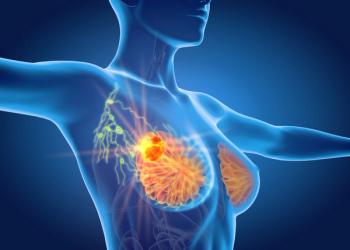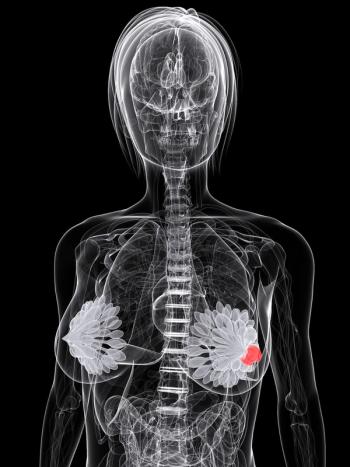
Oncology NEWS International
- Oncology NEWS International Vol 8 No 8
- Volume 8
- Issue 8
Anal Condylomata More Threatening in HIV+ Patients
ORLANDO-A French study is “the first to quantify the frequency of anal cancer in HIV patients,” Iradj Sobhani, MD, said at the Digestive Disease Week meeting. “Anal carcinoma is rare in the general population, but relatively common in HIV-positive patients,” said Dr. Sobhani, of the Gastroenterology Service, Hopital Bichat, Paris.
ORLANDOA French study is the first to quantify the frequency of anal cancer in HIV patients, Iradj Sobhani, MD, said at the Digestive Disease Week meeting. Anal carcinoma is rare in the general population, but relatively common in HIV-positive patients, said Dr. Sobhani, of the Gastroenterology Service, Hopital Bichat, Paris.
The study involved 170 patients presenting with anal condylomata between April 1993 and April 1998110 who were HIV positive and 60 who were HIV negative. Human papillomavirus induces anal condylomata, benign tumors that are often (more than 80% of the time) precursors to anal cancers. In all patients, the condylomata were removed surgically.
The researchers then monitored the patients at 3-month intervals for periods ranging from 6 to 63 months. The median follow-up at the time of the report was 26 months. The researchers noted any condylomata relapses (which were again treated) and characterized any intraepi-thelial dysplasia or squamous neoplasia. At each visit, the patients CD4 lymphocytes and HIV viral load were measured.
The relapse rate for condylomata was much higher in HIV-positive patients than in those without the virus (75% in HIV-positive patients vs 8.6% in HIV-negative patients, P = .0001).
The research revealed three independent risk factors for dysplasia: Being HIV positive, which increased the risk of developing dysplasia 10 times; dysplasia in the first tissue screening, which raised the risk 4.8 times; and condylomata relapse, which raised the risk 5.5 times.
Dr. Sobhani speculated about the mechanisms underlying anal carcinoma. HIV may damage the tissue immunity or it may facilitate condylomata relapse and high-grade dysplasia, he said. To reduce the risk, you have to control the multiplication of the HIV.
Articles in this issue
over 16 years ago
False positives frequent in CT lung cancer screening trialover 26 years ago
Stereotactic Core Biopsy Establishes Many Prognostic Factorsover 26 years ago
Breast Cancer Prevention With Tamoxifen Appears Cost-Effectiveover 26 years ago
NCI Discovers Gene Variations From Existing Databasesover 26 years ago
CPDR Unveils First Center Solely for Prostate Cancer Researchover 26 years ago
Going Beyond CHOP in Advanced Large-Cell Lymphomaover 26 years ago
Memorial Sloan-Kettering Opens Rockefeller Outpatient Pavilionover 26 years ago
Ernst Wynder, Pioneer in Preventive Medicineover 26 years ago
AHCPR Plans Health Care Market, Managed Care Research Centersover 26 years ago
NSAIDs May Protect Against Common GI CancersNewsletter
Stay up to date on recent advances in the multidisciplinary approach to cancer.
















































































